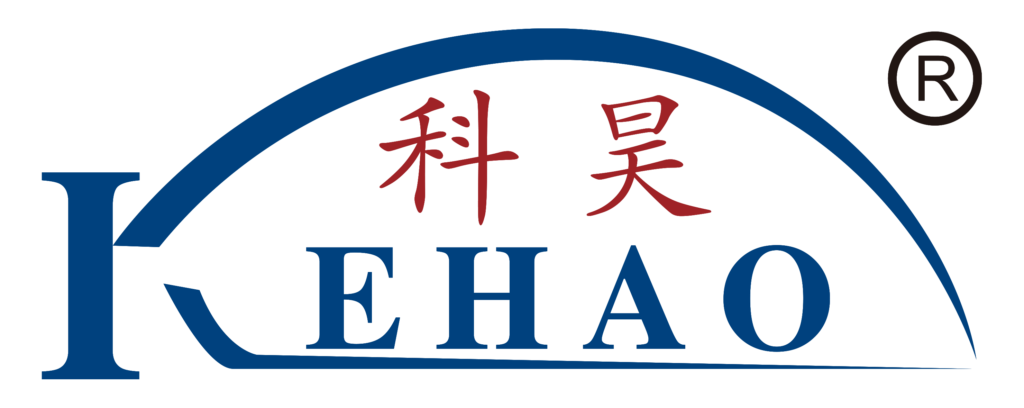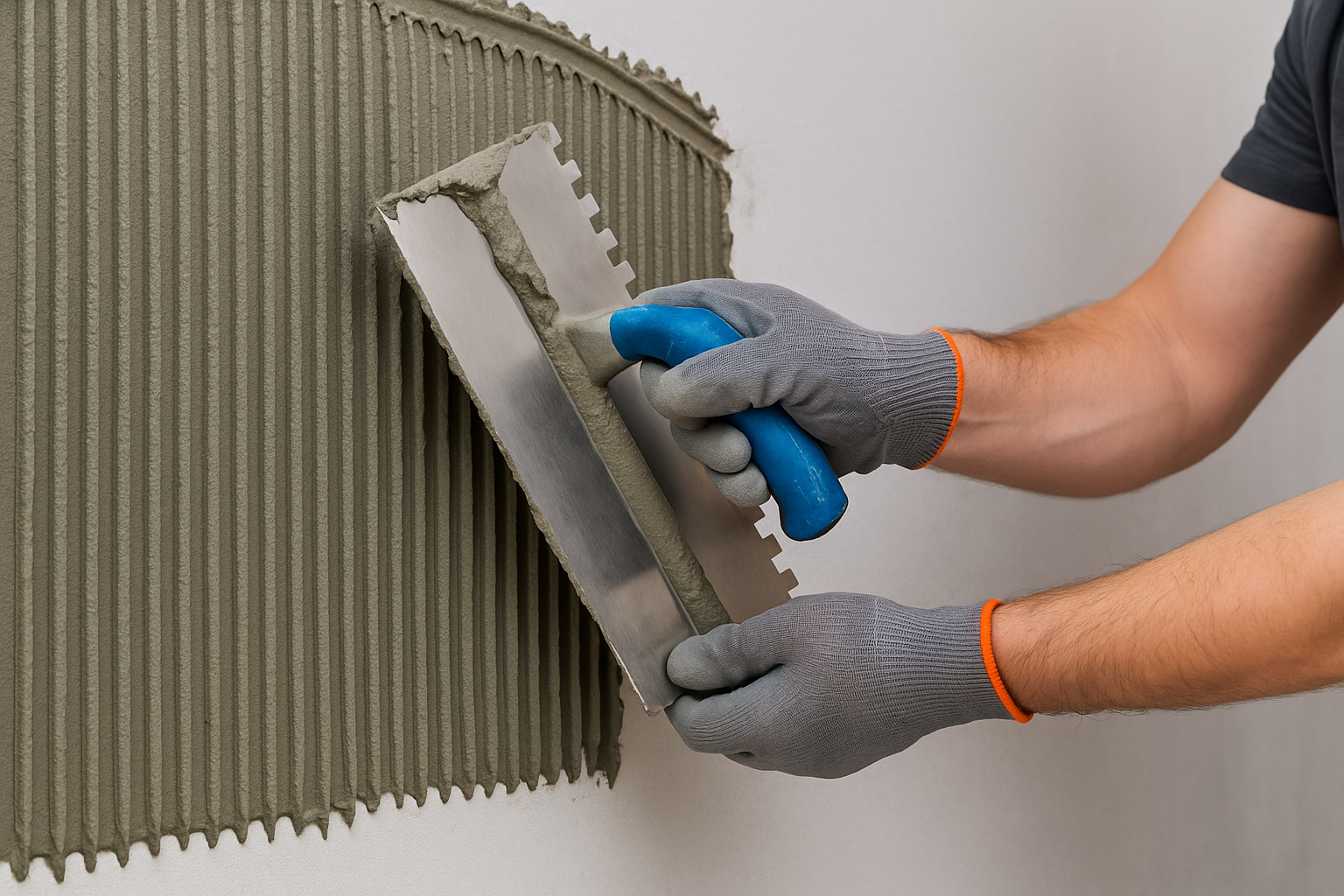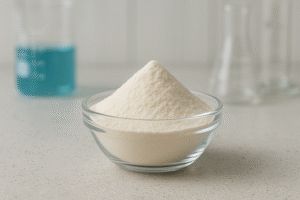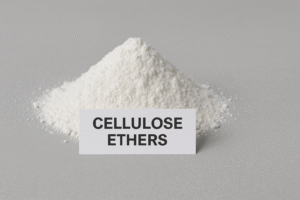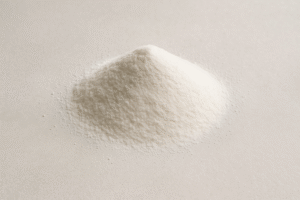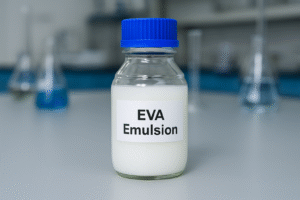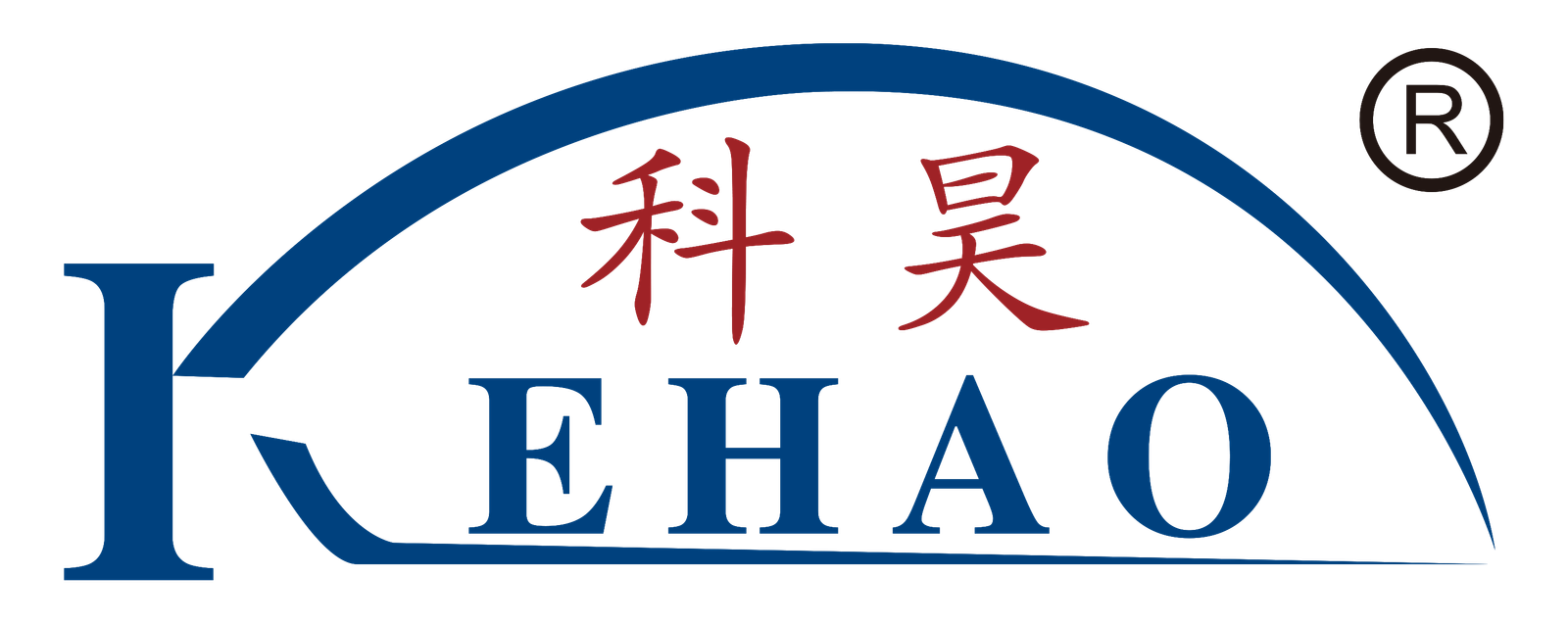Struggling with tiles falling off walls or floors cracking under pressure? This frustrating issue affects many construction projects worldwide, often due to poor quality adhesive mortar.
Tile adhesive mortar is a specialized bonding material designed to securely attach ceramic, porcelain, or stone tiles to various surfaces. It typically consists of cement, sand, and additives like cellulose ethers that provide water retention, improved workability, and enhanced adhesion strength.
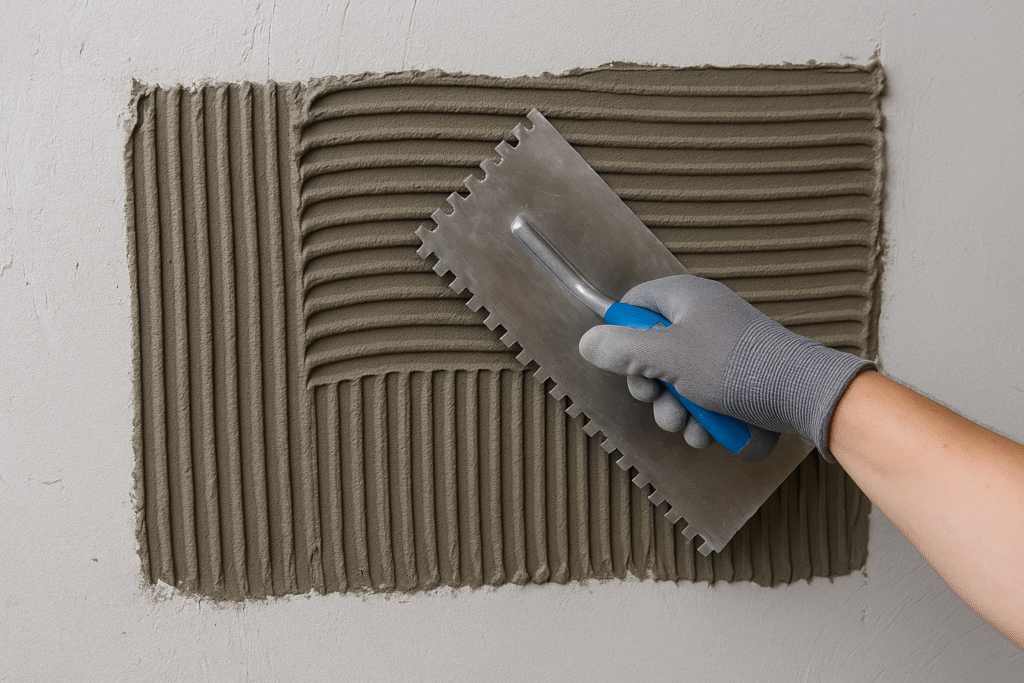
I still remember visiting a construction site in Saudi Arabia where the contractor had used cheap, low-quality tile adhesive. Within months, tiles were detaching from walls, creating costly repairs and reputation damage. Quality matters when it comes to these essential building materials.
Understanding Tile Adhesive Mortar: Composition, Types, and Applications?
The pain of discovering loose tiles after completion is something every contractor dreads. Using the wrong adhesive mortar type can lead to project failures and expensive callbacks.
Tile adhesive mortar consists of inorganic binders (usually cement), aggregates (sand), and chemical additives like HPMC1 that improve water retention, workability, and adhesion. Modern formulations may include redispersible polymer powder2 to enhance flexibility and bond strength.
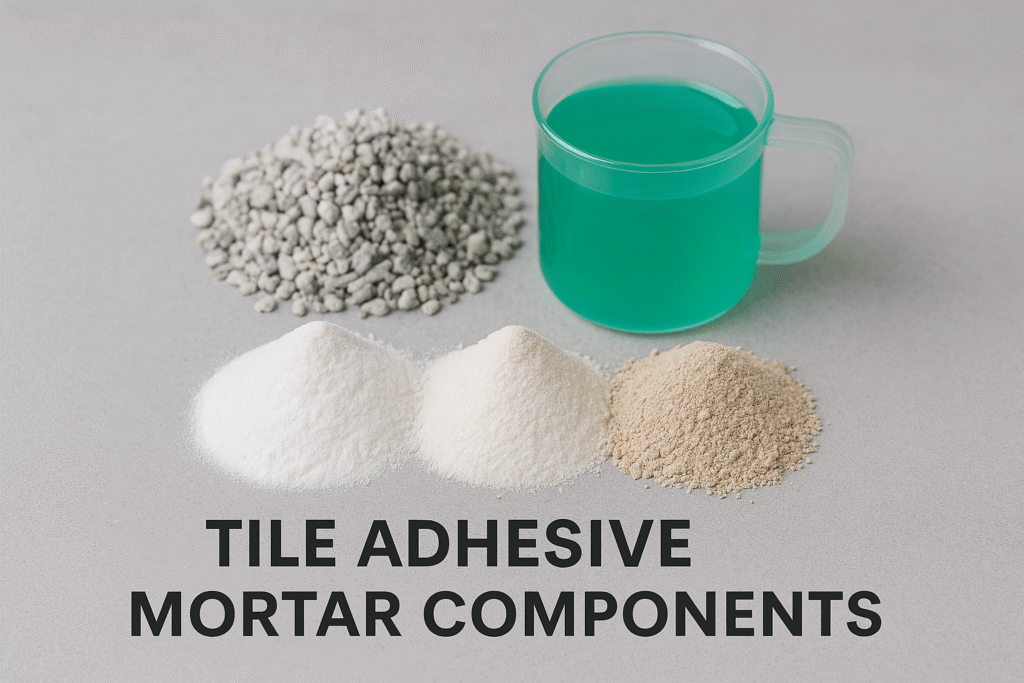
Tile adhesive mortar has evolved significantly over the past decades. I've been in this industry for years, watching the transformation from simple cement mixtures to today's high-performance products. The composition plays a crucial role in determining performance characteristics.
Basic Composition of Tile Adhesive Mortar
The effectiveness of tile adhesive depends heavily on its formulation. A typical high-quality mortar contains:
| Component | Function | Approximate Percentage |
|---|---|---|
| Cement | Primary binding agent | 25-35% |
| Fine aggregate (sand) | Provides bulk and stability | 50-65% |
| HPMC1/MHEC | Water retention and workability | 0.2-0.5% |
| Redispersible powder | Flexibility and adhesion | 1-5% |
| Other additives | Special properties | 0.5-3% |
The quality of each component makes a significant difference. For instance, our KEHAO hydroxypropyl methylcellulose (HPMC1) significantly improves water retention, preventing premature drying that can weaken adhesion. This allows contractors more working time while ensuring optimal cement hydration for maximum strength.
Additionally, application scenarios dictate composition variations. For example, exterior applications require more polymer content to withstand temperature fluctuations and moisture exposure, while interior applications might prioritize extended open time and ease of application.
Cement-Based Tile Adhesive Mortar3: Types and Technical Aspects?
Have you ever installed beautiful tiles only to see them crack or detach within months? This heartbreaking situation often results from choosing the wrong type of cement-based adhesive for your specific application.
Cement-based tile adhesives are categorized into three main types: standard setting (C1), improved adhesion (C2), and specialized performance (C1S/C2S). These classifications are based on adhesion strength, deformability, and performance characteristics like slip resistance and extended open time.
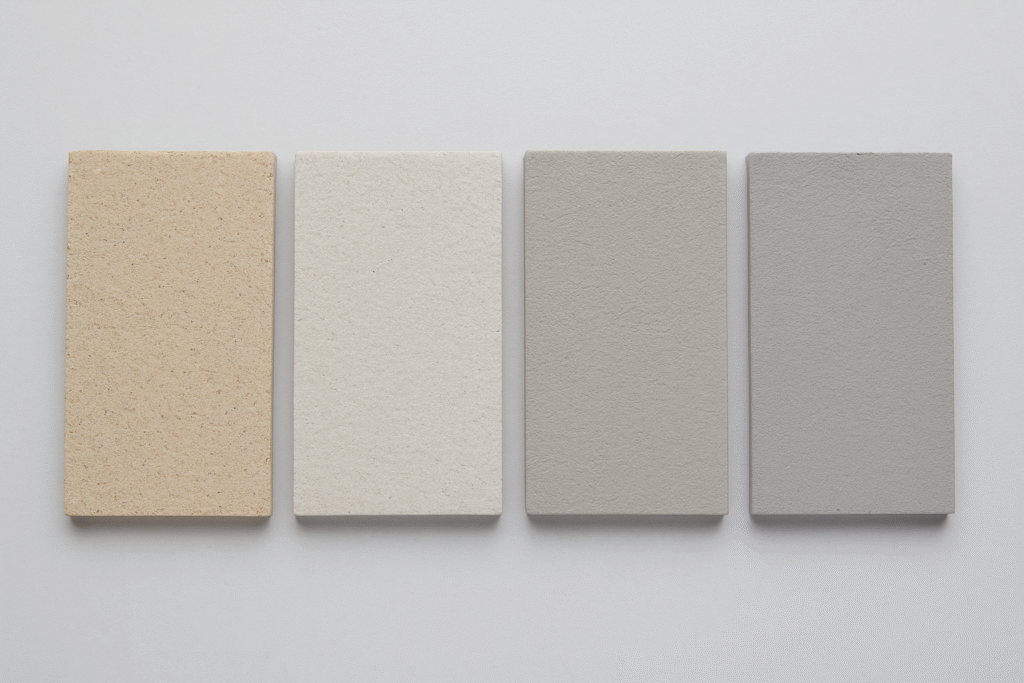
The European standard EN 12004 provides the most widely recognized classification system for tile adhesives. I've seen many projects fail because contractors didn't understand these classifications or tried to cut costs with lower-grade products.
Understanding Cement-Based Adhesive Classifications
Selecting the appropriate adhesive type requires understanding performance requirements for specific applications. Here's a breakdown of common classifications:
| Classification | Description | Tensile Adhesion Strength | Recommended Applications |
|---|---|---|---|
| C1 (Standard) | Basic cement adhesive | ≥0.5 N/mm² | Interior wall tiling, low-traffic floors |
| C2 (Improved) | Enhanced cement adhesive | ≥1.0 N/mm² | Exterior applications, high-traffic areas |
| C1F/C2F | Fast-setting variants | Same as C1/C2 | Time-sensitive projects |
| C1T/C2T | Slip-resistant variants | Same as C1/C2 | Wall applications with heavy tiles |
| C1E/C2E | Extended open time | Same as C1/C2 | Large-format tiling, complex installations |
| C2S1/C2S2 | Deformable/highly deformable | ≥1.0 N/mm² with deformability | Areas subject to movement or vibration |
Technical requirements go beyond just adhesion strength. For example, C2TE S1 indicates an improved cement adhesive (C2) with slip resistance (T), extended open time (E), and deformable characteristics (S1). This complexity highlights why quality raw materials like KEHAO's HPMC and redispersible powder are essential for manufacturers to achieve these performance standards.
Weather conditions, substrate types, and tile characteristics all influence which classification is most appropriate. For instance, large-format porcelain tiles on exterior walls in hot climates would require C2TE S1 or higher performance to prevent failures.
Enhancing Performance with KEHAO's Solutions?
Are you frustrated with inconsistent quality in your tile adhesive production? Poor raw materials lead to customer complaints, project failures, and damage to your brand reputation.
KEHAO offers specialized cellulose ethers and redispersible powders designed specifically for tile adhesive applications. Our HPMC provides exceptional water retention (>95%), optimized viscosity profiles, and consistent performance that helps manufacturers achieve C1 to C2S2 classifications.
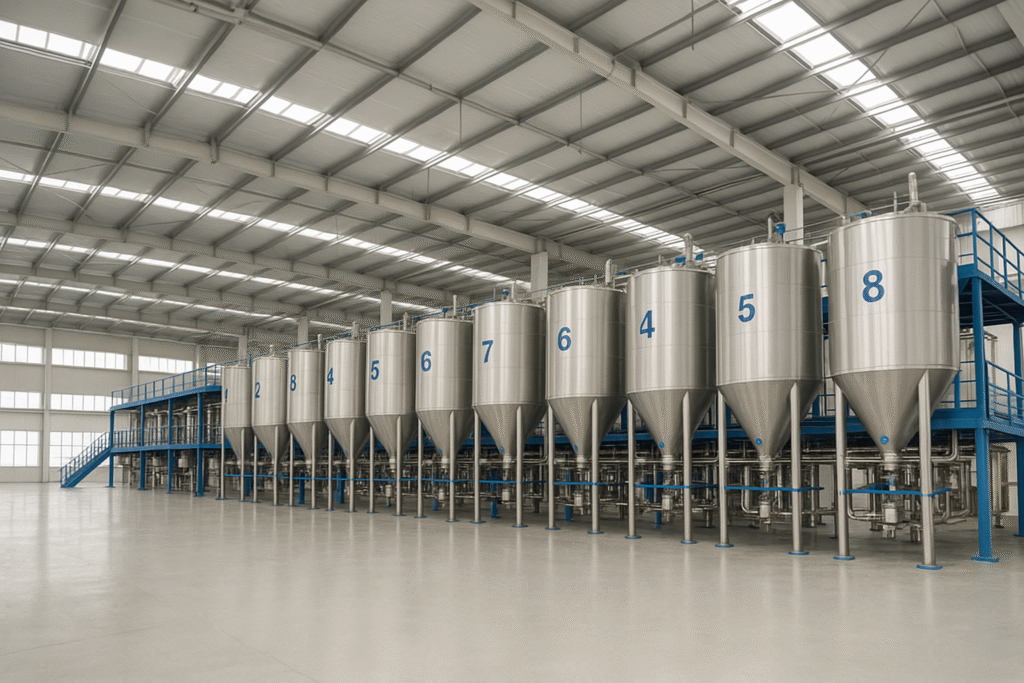
Over my years working with mortar manufacturers across Saudi Arabia, UAE, and India, I've seen firsthand how the right additives transform product performance. KEHAO's solutions address common pain points I've observed in the field.
Key Performance Enhancers for Tile Adhesives
The success of a tile installation often depends on invisible components that dramatically affect performance. KEHAO offers specialized solutions for each performance requirement:
| Performance Issue | KEHAO Solution | Key Benefits |
|---|---|---|
| Poor water retention | HPMC 150K-100K | Maintains >95% water retention, prevents dry-out |
| Insufficient open time | MHEC 40000-60000 | Extends open time by 15-30 minutes |
| Low bond strength | RDP VP-30 series | Increases adhesion by up to 40% |
| Sagging on vertical surfaces | HPMC with anti-sag properties | Holds tiles up to 40kg/m² without slippage |
| Brittle adhesive/cracking | KEHAO Flex RDP VP-30 | Improves deformability to S1/S2 standards |
Our product development isn't theoretical—it's based on real-world testing across diverse conditions. For example, when a major Saudi Arabian manufacturer struggled with tile adhesive performance in extreme desert conditions, we custom-formulated an HPMC variant with exceptional water retention and heat resistance. This allowed their product to maintain optimal workability despite temperatures exceeding 45°C.
The customization capabilities we offer are particularly valuable for manufacturers in developing markets. Rather than providing one-size-fits-all solutions, we analyze local raw materials, climate conditions, and application requirements to recommend precise formulations. This includes adjusting viscosity profiles, particle size distributions, and modification levels to work seamlessly with local cements and aggregates.
Conclusion
Quality tile adhesive mortar4 requires the right components in precise proportions. By understanding types, applications, and performance enhancers like KEHAO's solutions5, you can ensure lasting installations that withstand the test of time.
-
Find out how HPMC contributes to better tile adhesive formulations and performance. ↩ ↩ ↩
-
Learn about the role of redispersible polymer powder in enhancing tile adhesive flexibility. ↩
-
Understanding the types of cement-based adhesives can help you select the right one for your project. ↩
-
Explore this resource to understand the importance and application of tile adhesive mortar in construction. ↩
-
Explore KEHAO's innovative solutions to enhance the quality and performance of tile adhesives. ↩
